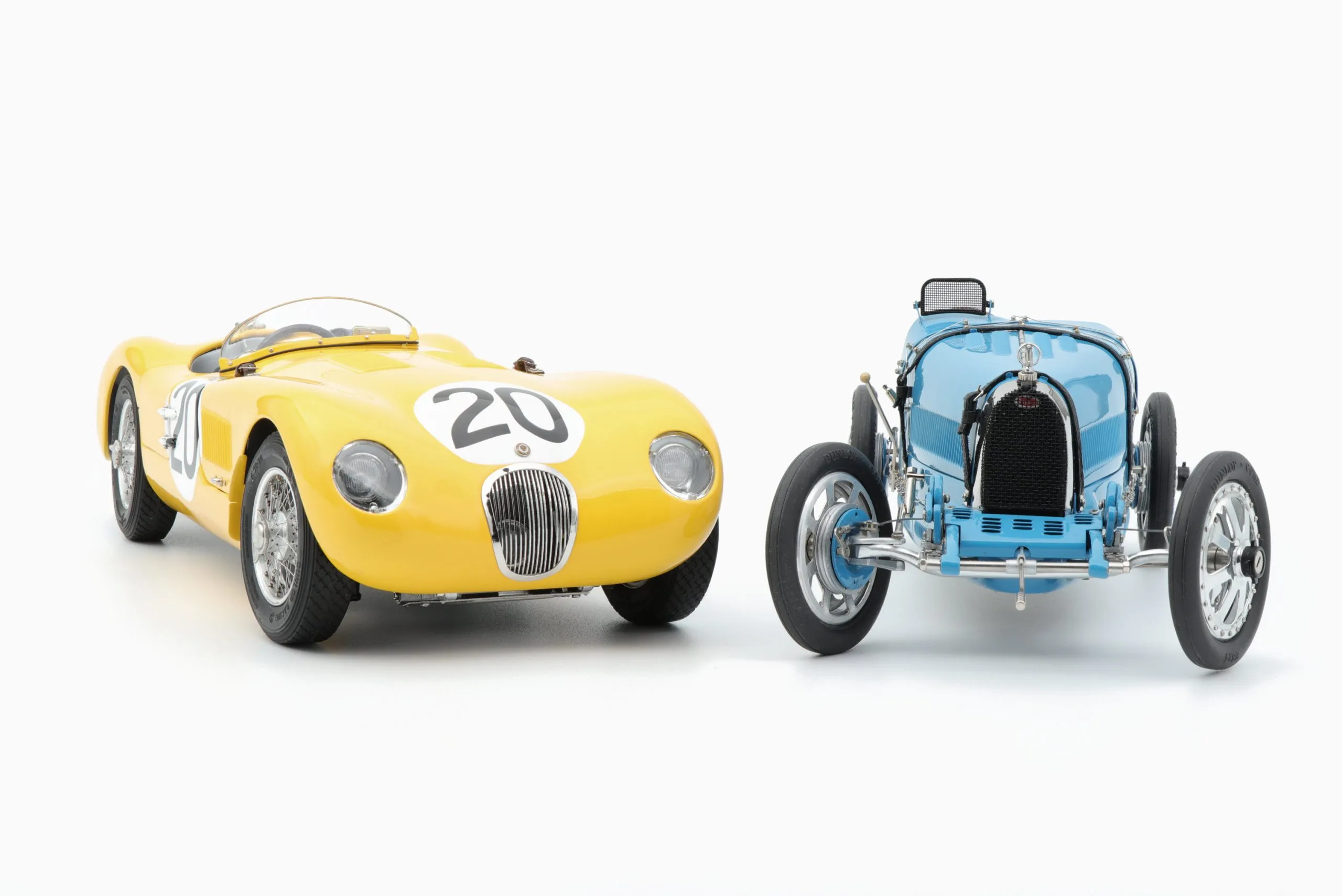Diecast Cars 5 Collector’s Mistakes You Must Avoid
Collecting diecast cars can be a rewarding hobby, allowing enthusiasts to appreciate miniature versions of their favorite vehicles. However, like any collection, there are common pitfalls that can lead to disappointment or a loss of investment. Avoiding these mistakes can significantly improve your collecting experience and help you build a valuable and cherished collection. This guide outlines five crucial errors to avoid, ensuring you become a more informed and successful diecast car collector. By understanding these common issues, you can make smarter decisions, protect your investments, and get the most enjoyment from your hobby.
Buying the Wrong Scale
One of the most fundamental mistakes new collectors make is buying models without considering the scale. Diecast cars come in various scales, such as 1:18, 1:24, 1:43, and 1:64, among others. Each scale offers a different level of detail, size, and, consequently, price. Purchasing models in different scales haphazardly leads to a collection that lacks visual cohesion and is difficult to display effectively. A collection of mixed scales can be hard to organize, making it challenging to showcase your cars properly. Furthermore, storage becomes a problem, and the varied sizes may not fit nicely in display cases or shelves designed for a specific scale.
Understanding Scale and Proportion
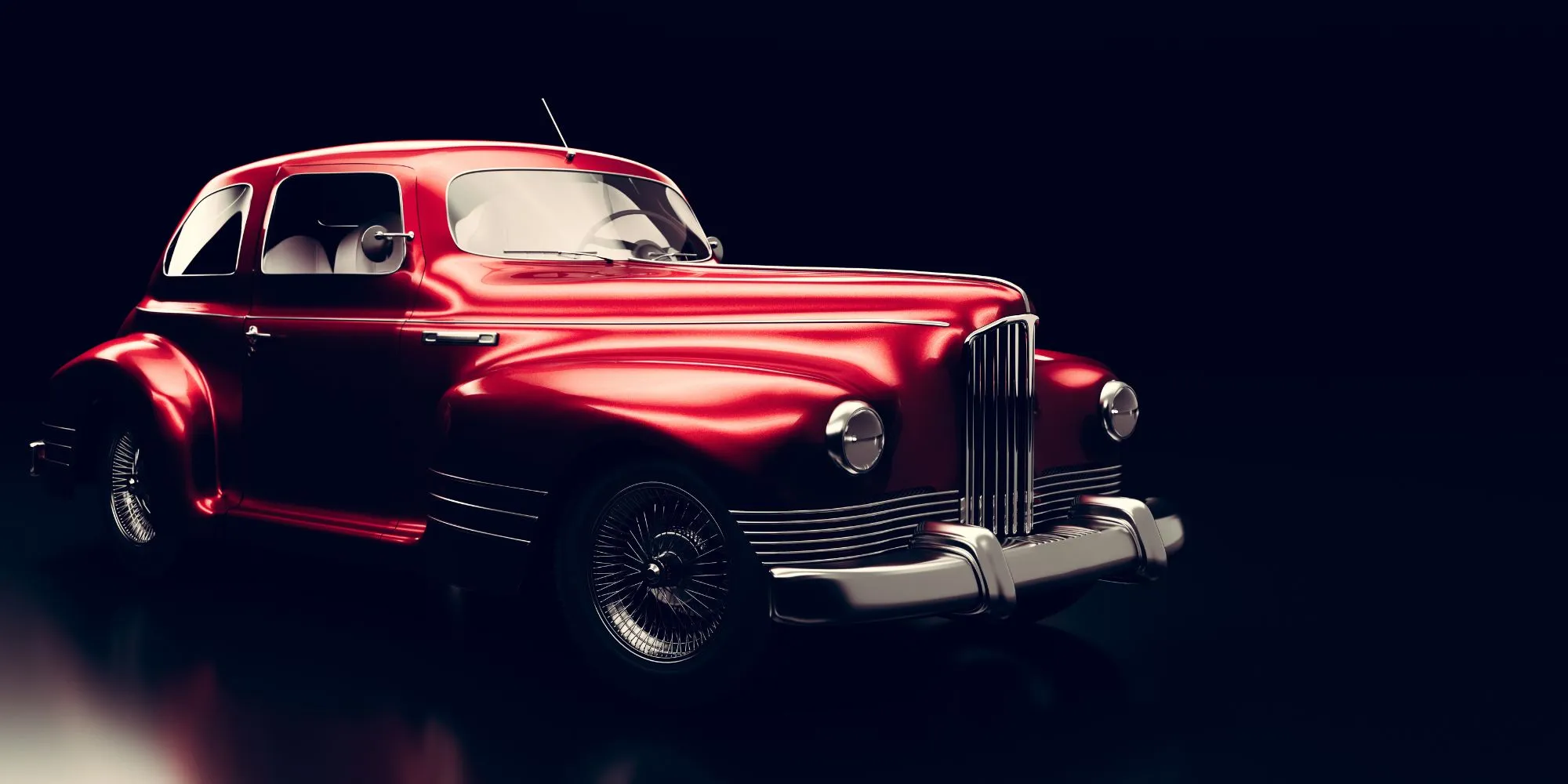
Understanding scale is crucial. The scale ratio indicates the model’s size compared to the real car. For instance, a 1:18 scale model is 1/18th the size of the actual car. This understanding helps you estimate the model’s size before purchasing and plan your display accordingly. Before adding to your collection, consider what scale you prefer and whether you have the space to accommodate larger models. Consider the availability of accessories like display cases and dioramas compatible with your chosen scale. Choosing a consistent scale allows for a more organized and visually appealing display, maximizing the enjoyment of your collection.
The Impact of Scale on Value and Display
Scale also influences the value and display options for your diecast cars. Larger scales, such as 1:18, generally offer more detail and intricate features, thus often commanding higher prices. These larger models require more space for display, making them unsuitable for collectors with limited storage. Smaller scales, like 1:64, are more affordable and take up less space, ideal for starting collectors or those with limited display areas. When evaluating your collection’s value and aesthetic appeal, remember scale uniformity. A well-curated collection of a single scale presents a more professional look, allowing you to create a unified visual theme and enhancing the overall presentation.
Ignoring the Condition of the Model
Another significant mistake is overlooking the condition of the diecast car. The condition directly impacts the model’s value and the overall enjoyment of your collection. Diecast cars can be graded based on their condition, with models in pristine condition commanding significantly higher prices than those with visible flaws. Collectors should always inspect the model carefully before purchasing, noting any imperfections like scratches, paint chips, or missing parts. Ignoring the condition can lead to regrets down the road, especially if you later decide to sell or trade your models. Furthermore, damaged models detract from the aesthetic appeal of your collection, diminishing your enjoyment of the hobby.
Assessing Condition and Grading
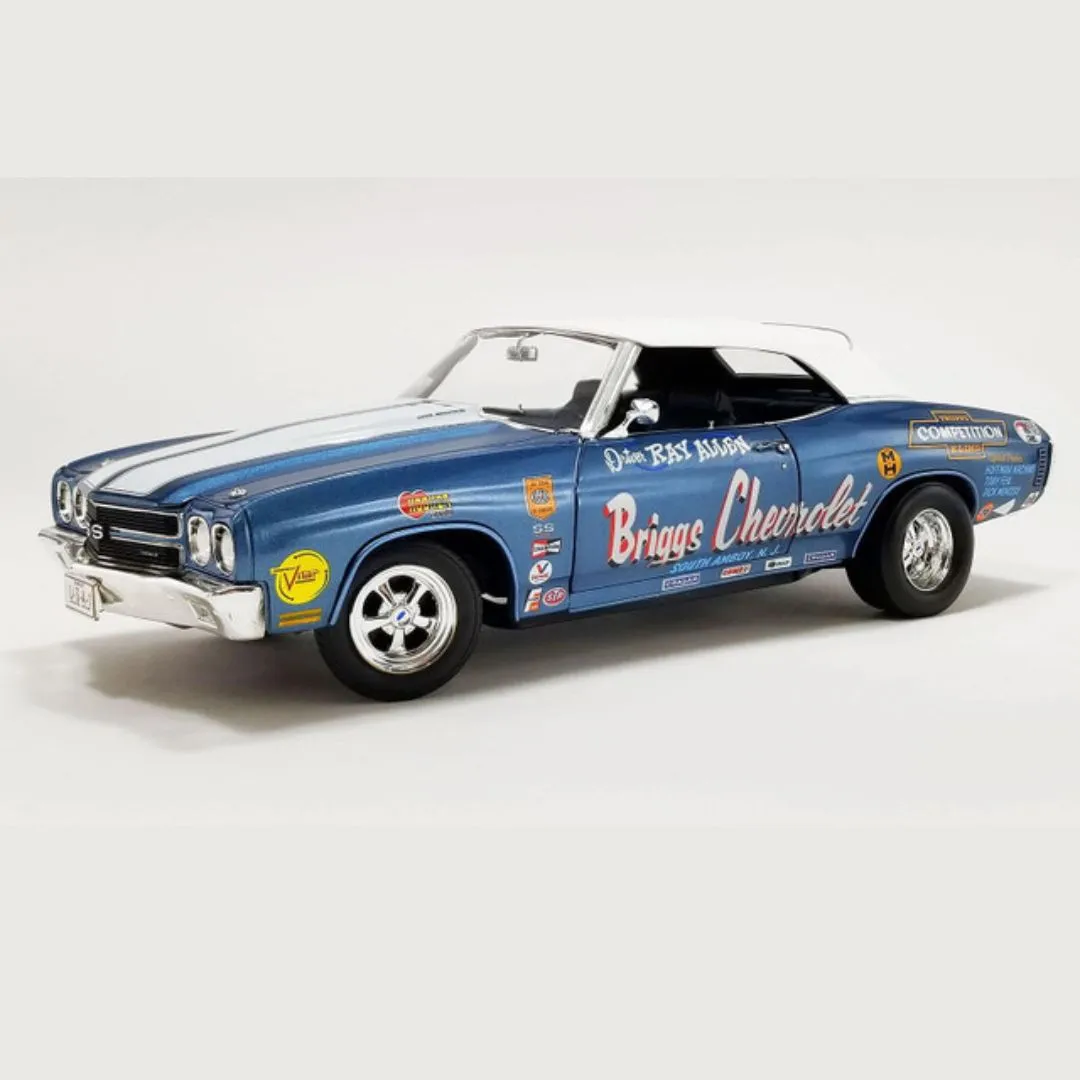
Learning to assess the condition of a diecast model is an essential skill. Familiarize yourself with common grading terms such as mint, near mint, excellent, good, and fair. Mint condition means the model is in pristine condition, with no visible flaws. Near mint models may have minor imperfections, while models in excellent condition show more wear and tear. Good and fair conditions indicate significant damage or missing parts, often reducing their value. Inspect the model under good lighting, checking for paint defects, missing components, and any signs of wear. Pay close attention to the wheels, tires, and any movable parts, ensuring they function correctly.
The Significance of Original Packaging
The original packaging significantly impacts the model’s value and desirability. Collectors often prioritize models with their original boxes and packaging, as these elements help preserve the model and authenticate its origin. The packaging also acts as a protective layer during storage and transport, preventing damage. When purchasing a diecast car, always check if the original box is included and its condition. A model with its original packaging, especially in good condition, commands a higher price and is considered more valuable. Preserving the original packaging shows a commitment to detail and adds to the overall value of your collection.
Neglecting Research and Authenticity
Failing to conduct thorough research is a common mistake. Before purchasing a diecast car, research the model’s history, manufacturer, and any special features. This information helps you authenticate the model and understand its value. Without proper research, you risk buying a fake or paying too much for a model. Knowledge is power in the collecting world, so invest time in learning about the cars you are interested in. Researching helps you identify rare models, recognize valuable features, and avoid being misled by unscrupulous sellers. It enables you to make informed decisions and build a collection of genuine, high-quality models.
Verifying Manufacturers and Details
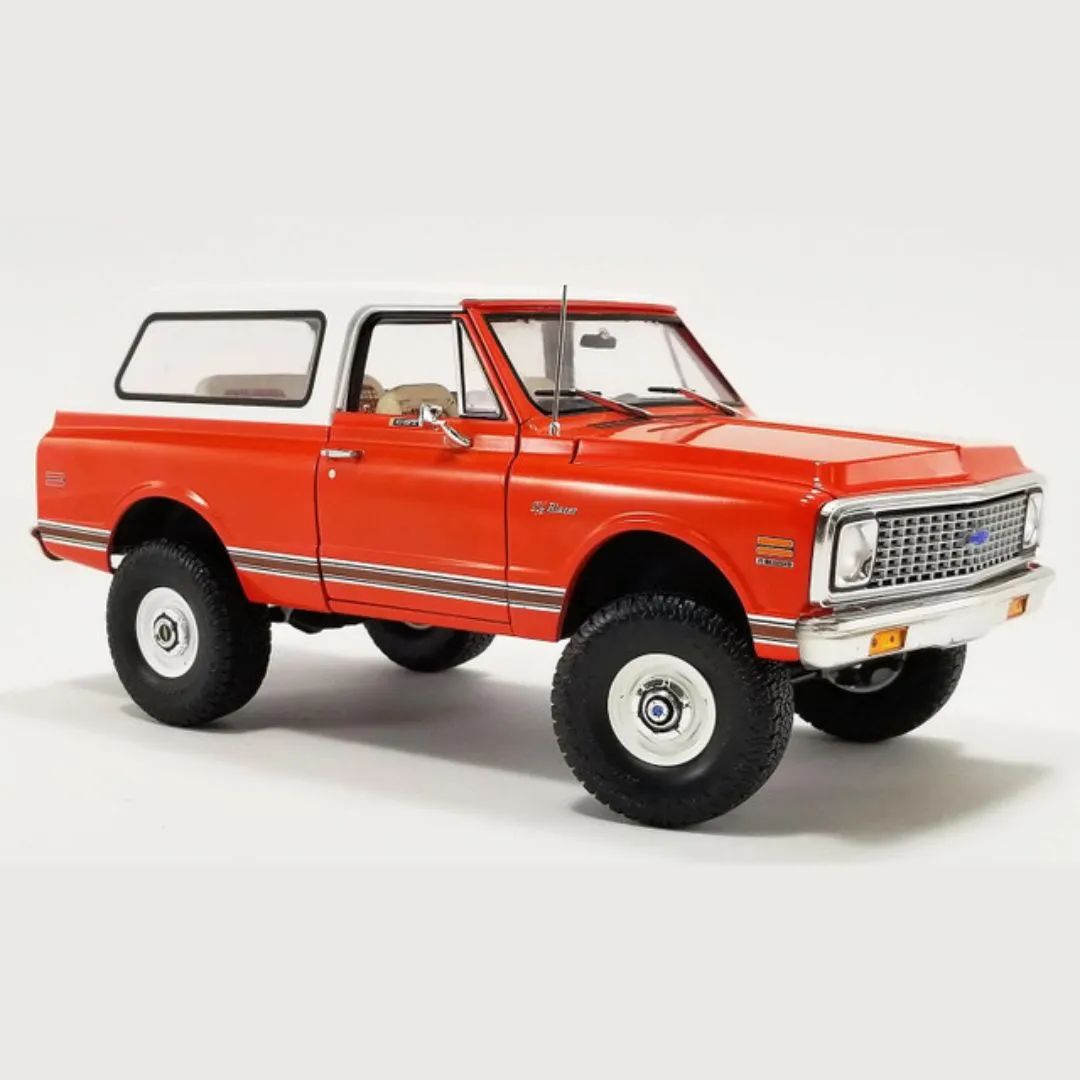
Verify the manufacturer’s details before buying any diecast model. Check the manufacturer’s logo, the model’s features, and any unique markings. Compare the model with photos and information from reputable sources. If you are unsure about a model’s authenticity, seek assistance from experienced collectors or experts. They can provide valuable insights and help you avoid buying counterfeit models. Pay attention to the details, such as the paint, the wheels, and the interior. Small inaccuracies can indicate a fake. Be cautious of models offered at prices that seem too good to be true; they often are. Proper research ensures you collect authentic, high-quality models.
Spotting Counterfeits and Reproductions
Counterfeit diecast cars have become increasingly common, so knowing how to spot them is crucial. Counterfeits often have inferior materials, inaccurate details, and poor craftsmanship. Look for inconsistencies in paint, missing features, and incorrect markings. Compare the model to images of genuine cars, focusing on the details. Be wary of models with unusual pricing or availability. Reproductions, on the other hand, are often models that have been restored or repainted. While these can be valuable, always ensure the seller discloses any modifications. Examining the details helps differentiate between an authentic model and a fake or reproduction, protecting your investment.
Overlooking Storage and Preservation
Proper storage and preservation are essential to protect your diecast car collection from damage. The environment can significantly impact the models, so it is crucial to take preventative measures. Factors such as dust, light, and humidity can cause damage over time. Dust can scratch the paint, light can cause fading, and humidity can lead to rust and corrosion. Careful storage and handling will ensure your models remain in the best possible condition. The preservation of your collection involves creating a stable, controlled environment to protect your investment.
Protecting from Dust, Light, and Humidity
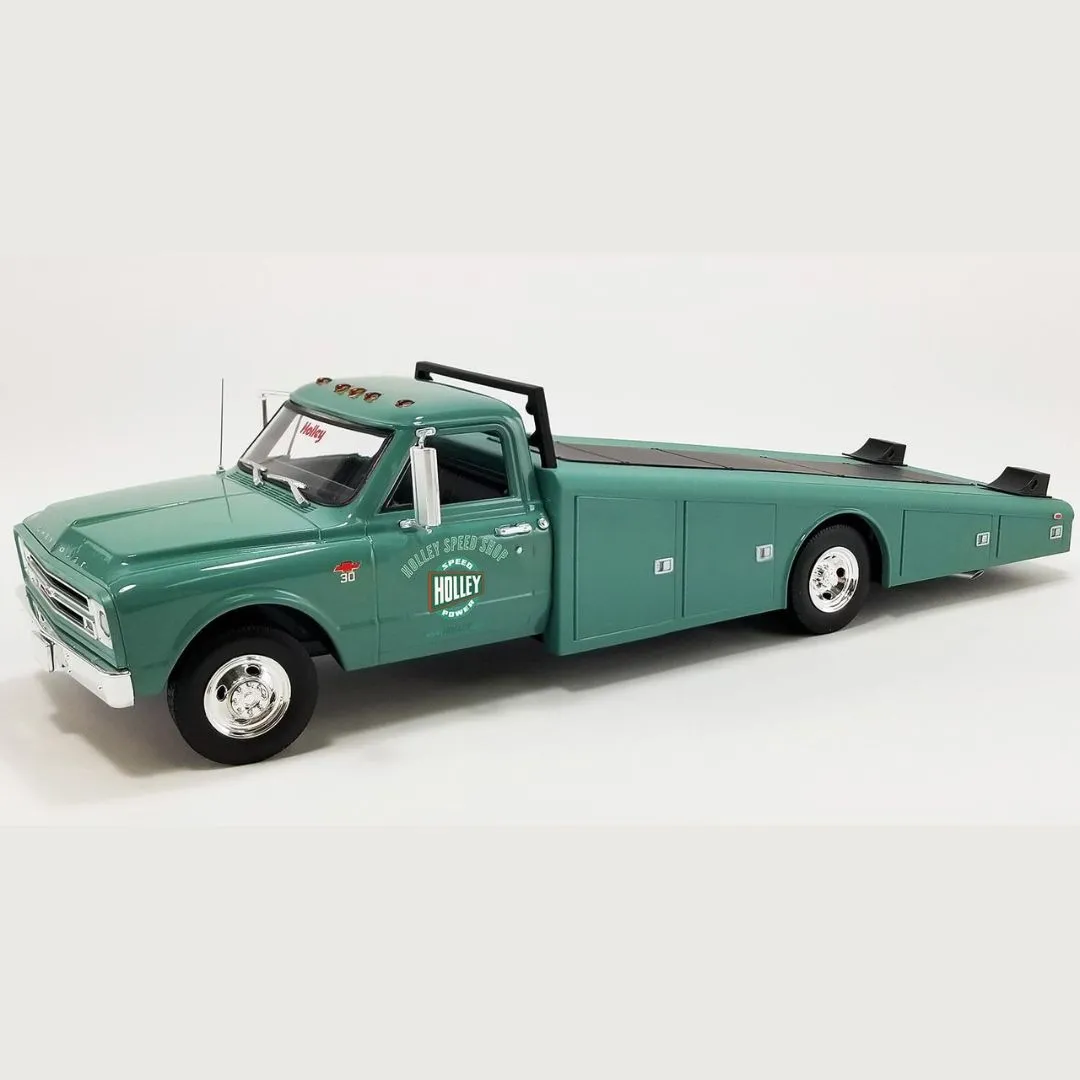
Protecting your diecast cars from dust, light, and humidity is crucial. Store your models in a dust-free environment, such as display cases with glass or acrylic covers. These cases protect the cars from dust and allow them to be viewed without being touched. Avoid direct sunlight or bright lights, which can cause the paint to fade over time. Display your models in areas with controlled light and away from windows. Maintain a consistent humidity level to prevent rust and corrosion. Consider using dehumidifiers in storage areas to prevent moisture buildup. The goal is to create a safe environment that extends the lifespan of your collection.
Proper Display and Storage Solutions
Choose appropriate storage solutions to protect and showcase your models. Display cases, shelves, and storage boxes are all excellent options. Display cases with glass or acrylic covers are ideal for showcasing your collection while keeping it protected from dust and damage. Shelves are a convenient way to display your cars, but consider using a dust cover to protect them. Storage boxes provide a safe way to store models you are not currently displaying. When choosing storage options, ensure they are appropriately sized for the models in your collection and made of materials that will not damage the cars. Proper storage ensures your collection remains protected and enjoyable.
Underestimating the Importance of Community
The collecting community offers invaluable support, knowledge, and networking opportunities. Engaging with other collectors and experts can enhance your collecting experience and help you avoid mistakes. Sharing your experiences, asking questions, and learning from others are essential parts of building a thriving collection. Many collectors often underestimate the importance of community. They miss out on vital resources and opportunities for learning and connecting with like-minded enthusiasts. Actively participating in the collecting community can significantly improve your collecting journey.
Engaging with Collectors and Experts
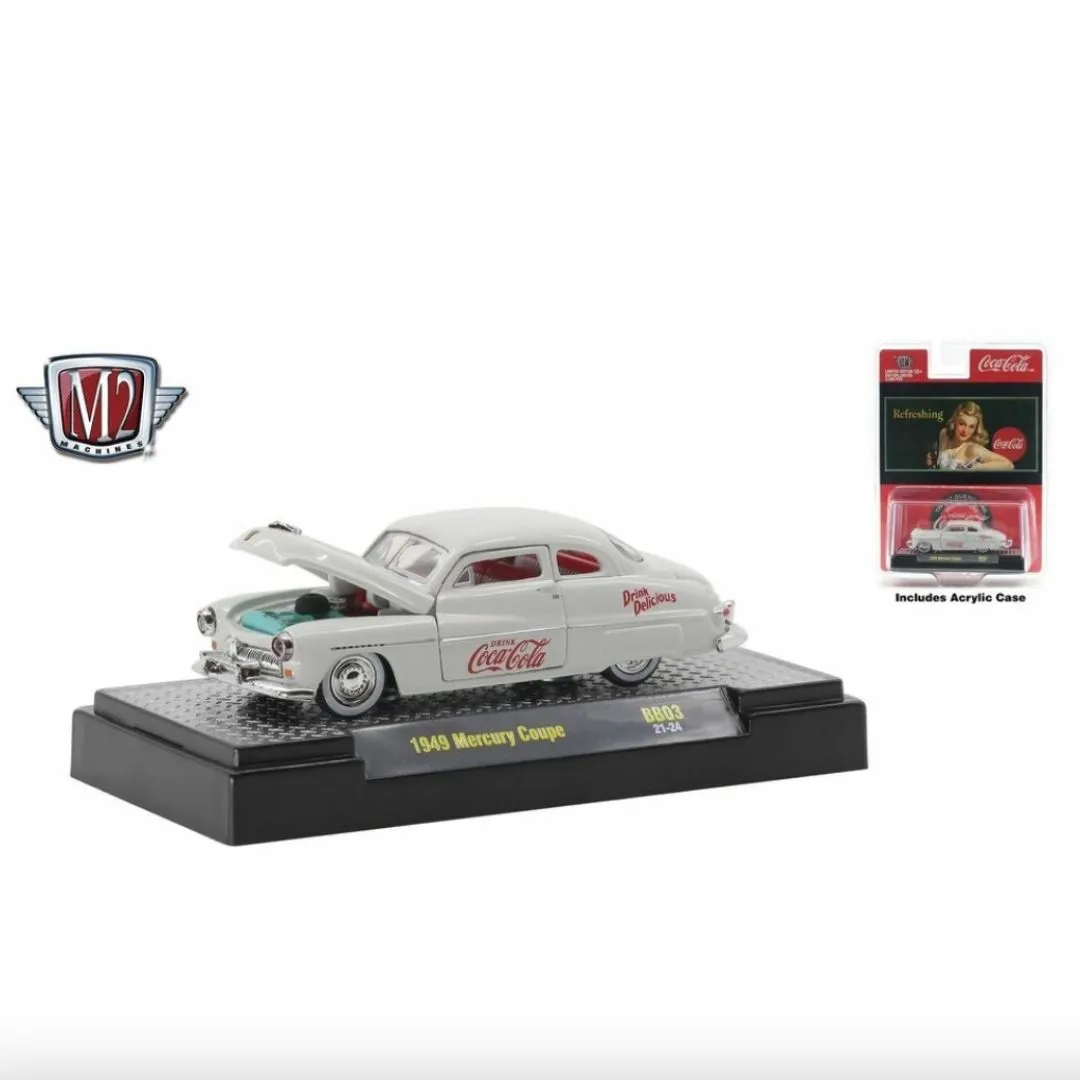
Engaging with collectors and experts is a valuable aspect of the hobby. Attend car shows, join collecting clubs, and participate in online forums. These platforms allow you to connect with other enthusiasts, share your passion, and learn from their experiences. Experts can provide insights into model authenticity, value, and rarity. Ask questions, share your collection, and seek advice. Engaging with the community provides opportunities to learn, network, and enhance your knowledge. The combined experience within the community is a treasure trove of information and insight into diecast car collecting.
Using Online Forums and Groups
Online forums and groups are essential resources for diecast car collectors. These platforms allow you to connect with other collectors worldwide, share your knowledge, and ask questions. Many forums have dedicated sections for specific brands, scales, or types of cars. You can find detailed information about models, share photos, and discuss collecting tips. Participate in discussions, ask questions, and share your experiences. The online community is also a great place to buy, sell, and trade models. By joining and actively participating in these online communities, you can significantly improve your collecting experience.
In conclusion, building a successful diecast car collection requires knowledge, care, and a commitment to avoid common mistakes. By understanding and preventing issues such as buying the wrong scale, ignoring the condition of models, neglecting research, overlooking proper storage, and underestimating the community’s importance, you can build a valuable and enjoyable collection. Proper planning, research, and community engagement will help you create a collection that brings you years of enjoyment. Always remember to prioritize authenticity, preservation, and the passion for collecting. Happy collecting!
